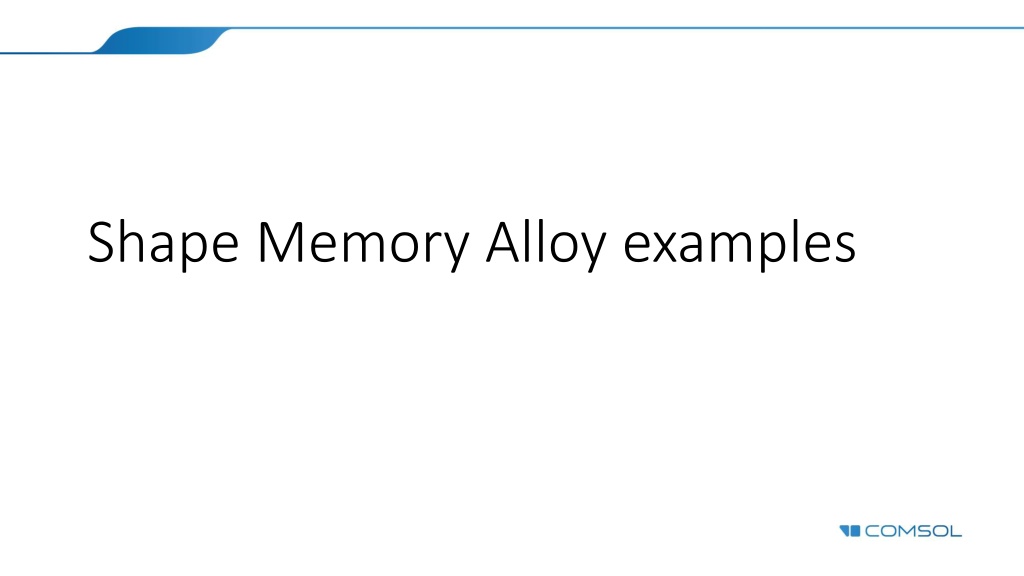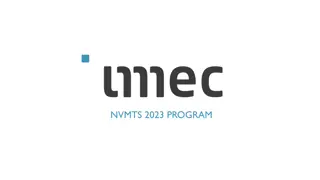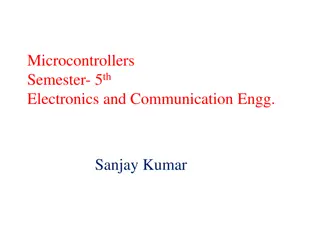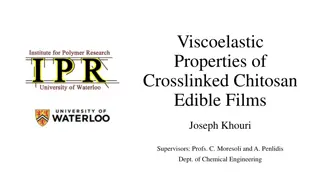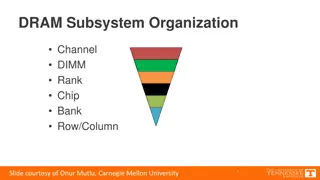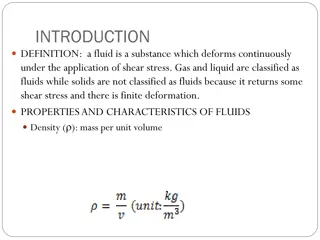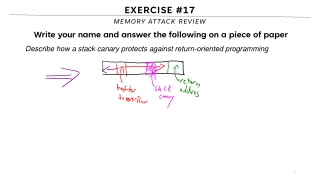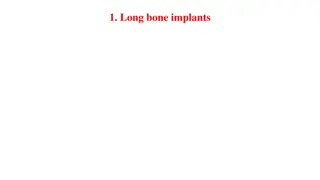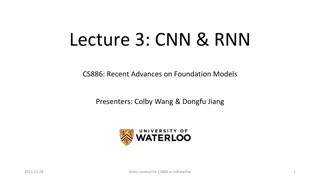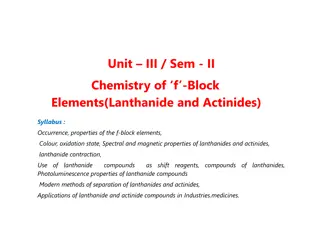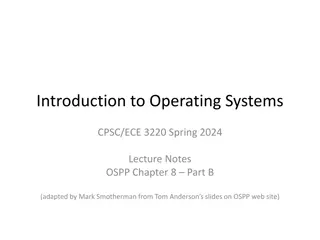Understanding Shape Memory Alloys: Properties and Applications
Shape memory alloys exhibit unique properties based on transformations between austenite and martensite phases. These transformations can be induced thermally or mechanically, leading to phenomena such as pseudoelasticity and shape memory effect. Learn about the thermal transformation, pseudoelasticity, shape memory effect, and parametric modeling of shape memory alloys in this insightful overview.
Download Presentation
Please find below an Image/Link to download the presentation.
The content on the website is provided AS IS for your information and personal use only. It may not be sold, licensed, or shared on other websites without obtaining consent from the author. Download presentation by click this link. If you encounter any issues during the download, it is possible that the publisher has removed the file from their server.
Presentation Transcript
Background and Motivation Shape memory alloys properties are based on transformations between austenite and martensite phases. Transformations can be induced thermally or mechanically. The main phenomena in shape memory alloys are pseudoelasticity and shape memory effect.
Thermal Transformation The phase transformation is described by the martensite volume fraction variable . When the material in its austenite phase is cooled, the martensite transformation starts at Ms temperature and ends at Mf. When the martensite is heated the austenite transformation starts at As and end at Af. Martensite 1 Austenite 0 Ms Af T As Mf
Pseudoelasticity At high temperature the austenite transforms to martensite under mechanical loading. The ( ) graph shows inelastic behavior. Once transformation is completed the material behaves linearly in martensite phase. When the loading is decreased the material transforms back to austenite and recovers its initial shape. Austenite Martensite
Shape Memory Effect At lower temperature the austenite transforms to martensite under mechanical loading as well. When the loading is decreased the material stays in its martensite phase and residual deformation remains. The austenite phase is retrieved by heating the material. The material then recovers its initial shape. Austenite Martensite heating
Pseudoelasticity: Parametric model The model used for pseudoelasticity is a cylinder submitted to uniaxial loading. 2D axisymmetric geometry is used. A parametric study is performed to study the material at several temperatures: 328 K, 308 K, 276K, and 260 K. Austenite Martensite Young s modulus 55 GPa 46 GPa Poisson s ratio 0.33 0.33 Heat capacity at constant pressure 400 J/(kg.K) 400 J/(kg.K) Clausius-Clapeyron coefficient 7.4 Mpa/K 7.4 Mpa/K Transformation start temperature 270 K 245 K Transformation finish temperature 280 K 230 K Maximum transformation strain 0.056 data taken from D.C. Lagoudas, Shape Memory Alloys, Modelling and Engineering Applications, Springer 2008
Pseudoelasticity: Results For high temperatures (328 K, 308 K) a pseudoelastic behavior is seen, with return to initial state At 276 K (As<T<Af) the reverse transformation is not complete at zero stress, so residual deformations remain. At 260 K (T<As) the reverse transformation has not started. The material is purely martensite and the residual strain is maximal. Stress-strain curves for parametric temperature Martensite volume fraction vs pseudo-time parameter
Pseudoelasticity: partial transformation On this model a prescribed displacement is applied. The material is loaded to a fixed maximal displacement, then decreased to 40%, increased to 80%, and finally decreased to 0. It induces an internal loop in the stress-strain graph. Prescribed displacement Martensite volume fraction Stress-strain graph
Shape Memory Effect In this model the temperature is initially lower than the austenite start temperature. A stress cycle is applied and then the temperature is increased. The unloading does not induce reverse transformation. It occurs only when the temperature is increased. At the same time the residual strain are decreased and the material recovers its initial shape. Stress-strain graph Loading: stress and temperature Martensite volume fraction
